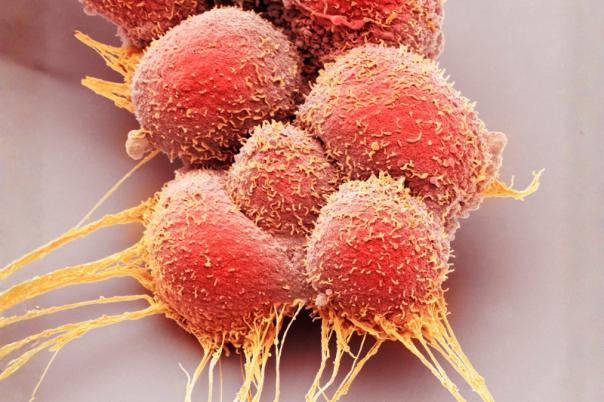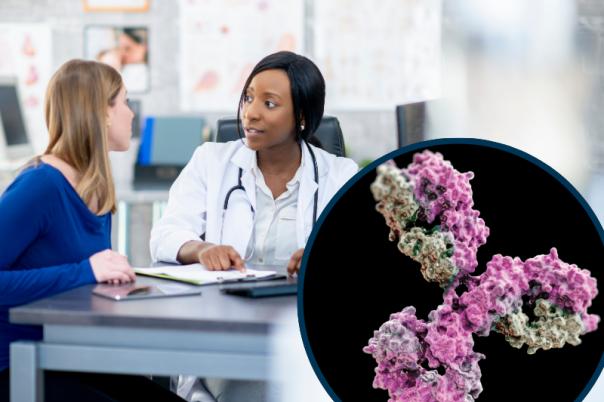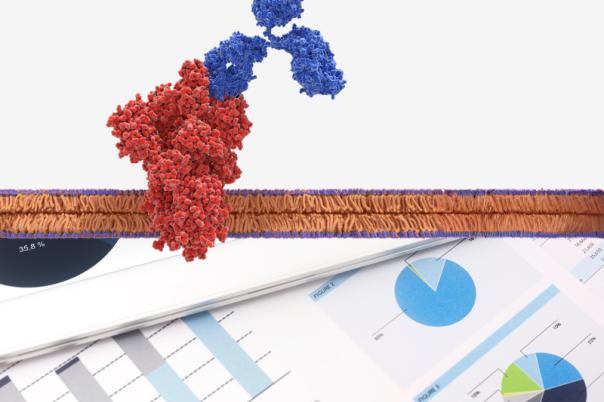The global market for biopharmaceutical production is projected to reach around $800 billion by 2030. Of the many different modalities that make up the biopharmaceutical market, Chinese hamster ovary (CHO) cell lines are used to produce over 70% of these drugs including vaccines, monoclonal antibodies, and recombinant proteins.
In this presentation, Paula Meleady, Associate Professor at Dublin City University, outlines her research in understanding CHO cells at the systems biology level. This research aims to use the knowledge about CHO cells to improve the efficiency of biopharmaceutical production by integrating various data sets and potentially engineering the cells or improving the media and process design.
Over the last few years, Meleady and her team have been conducting proteomic analysis of CHO cells. They examine the differential proteomes of cells in various production systems better understand them. Furthermore, the team inspects cellular post translational modifications like phosphorylation and ubiquitination in these CHO cells, leading understanding further towards target identification and engineering methods to improve production.
Meleady described ubiquitination as a critical to the protein degradation process. Here, a protein called ubiquitin is conjugated to a protein to mark it for proteasomal degradation via a series of enzymatic reactions. Moreover, ubiquitination plays roles in cell cycle regulation, apoptosis, and protein interactions.
The team is studying ubiquitination to improve understanding of the unfolded protein response, ER stress mechanisms and the ubiquitin proteasome system. This work could potentially identify targets from these studies to engineer those cells to improve stress resistance and efficiency of production of recombinant proteins.
They used known ER stressors like Thapsigargin and Tunicamycin on different CHO cell lines to induce stress and study the proteomic and ubiquitinated proteomic responses, aiming to map bioprocess-related stresses. The workflow involves growing cells, lysing them, digesting proteins into peptides, enriching ubiquitinated peptides, and analysing them via LC-MS/MS to identify site-specific modifications and understand cellular pathways.
The findings from artificial stress inducers are being translated to bioprocess-relevant conditions, such as temperature shifts, to improve the productivity and stress resistance of CHO cells.





